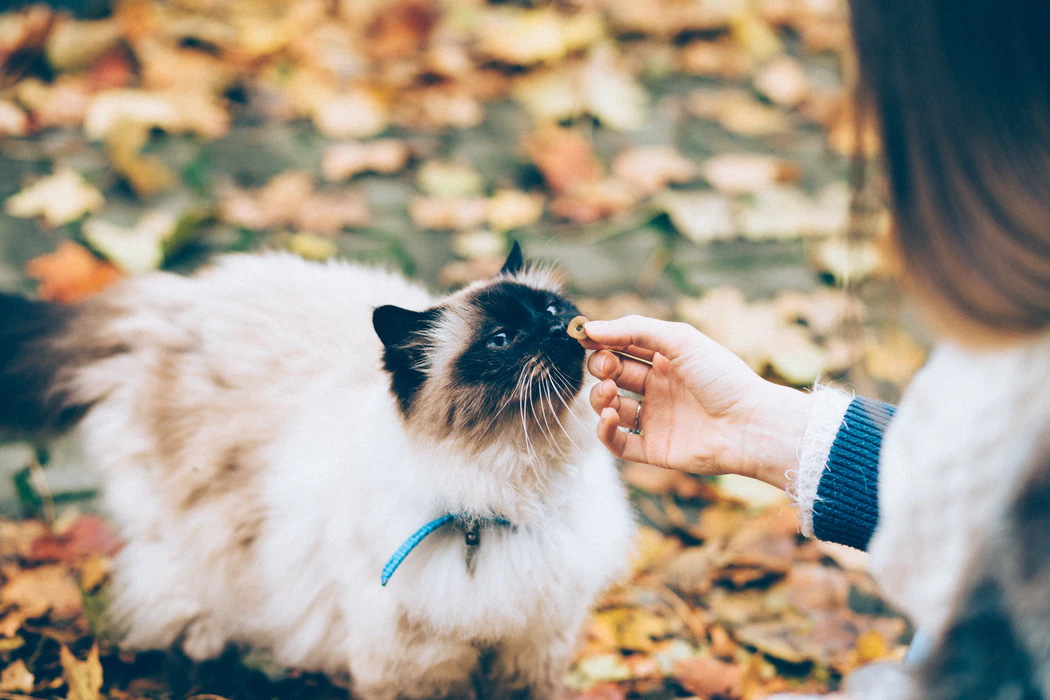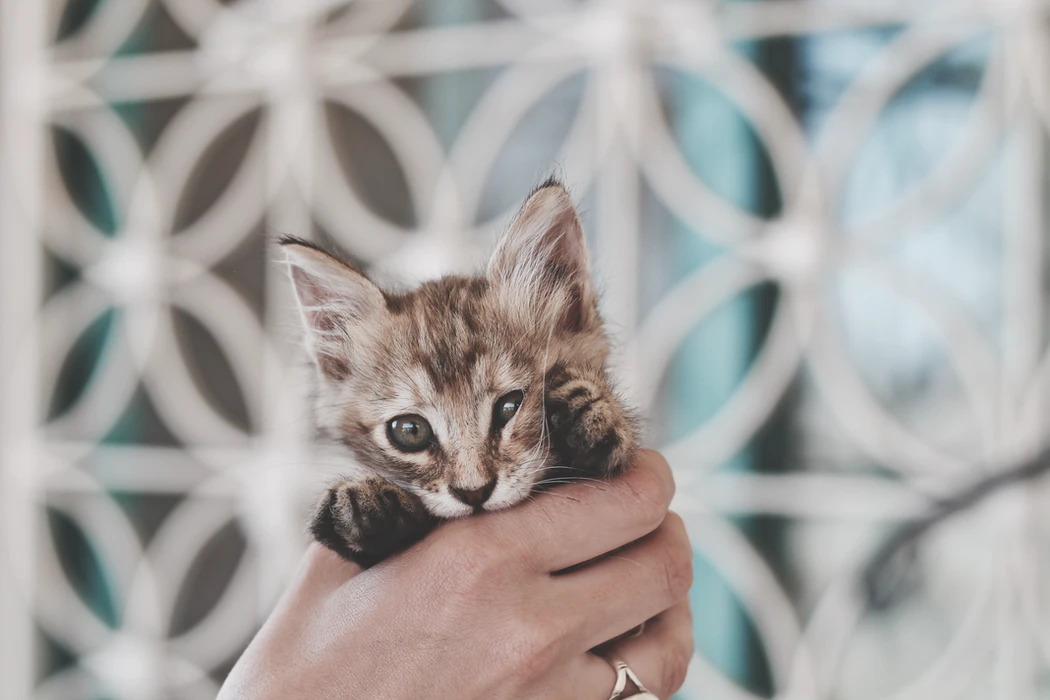- No products in the cart.

E-Mail: info@silversky.com.sg | Phone: +65 6742 7845
Contributing Writer: Chan Choy Yu
Cover image source: Xan Griffin on Unsplash
Heartwarming, tear-jerking (I’m not crying, you are!) stories of cats and dogs reuniting with their owners after a long time apart are aplenty on the internet. And when we see instances like 19-year-old Chebon leaping into his dad’s arms after being separated for 7 years, we can’t help but wonder how a cat or dog’s memory work, and whether our pets will remember us for just as long as we can remember them.
In order to find out the answer to the latter question, let’s first unriddle the former:

Source: freestocks on Unsplash
Cats and dogs have different memory types, just as we humans do — namely, short-term memory, spatial memory, and long-term memory.
Also known as the capacity for holding, but not manipulating, a small amount of information in the mind for a short period of time, short-term memory in humans typically lasts for just 18 seconds if no conscious effort is used to retain the information, around 5 minutes in dogs, and up to an impressive 24 hours in cats if the information remains beneficial and relevant to them!
This means that if a cat remembers the location of a treat but said treat has already been eaten and is not replaced, then it’s highly possible for this information to be overwritten by another even though it hasn’t been stored for 24 hours in the cat’s short-term memory.
The duration of retention is also affected by the means through which the information was acquired — memories related to a cat or dog’s movement or position tend to last longer than ones obtained purely through sight!
Spatial memory is slightly different, in which it allows animals to remember the different locations of objects and places in the environment, in relation to one another. There is manipulation involved here and it allows them to navigate a familiar environment, which is very important in mobile animals and humans!
On the other end of the spectrum, long-term memories are, as the name suggests, stored in the brain indefinitely and can be retrieved at will. However, long-term memory can be further categorised into various forms, including explicit memory (the intentional recall of information), implicit memory (unconsciously retained information), and episodic memory (the ability to remember firsthand experiences and associate them with their respective events or cues).
Experts believe that cats and dogs possess a certain degree of explicit memory, implicit memory, and episodic memory. While not as powerful and developed as ours, it still allows a cat or dog to show a preference for — or a loathing of — certain people based on previous experiences and according to Claudia Fugazza, department of ethology at Eötvös Loránd University in Budapest in PetMD, important events such as those related to food and survival and events that have an emotional impact are more likely to be stored in the long-term memory.
As for how far back cats and dogs can recall, there haven’t been much studies on it, but anecdotal evidence shows that it may even go up to more than a decade!

Source: Chewy on Unsplash
Now, what this means is that in the unfortunate event of a prolonged separation, it is possible that your pet will still remember you. That said, this entirely depends on how deep you’ve bonded before the separation, and how long you were together for!
This is because it remembers your scent, look, mannerisms, voice, and more, which it has associated with plenty of positive experiences before, thus giving rise to a very happy and affectionate welcome.
As for whether or not the time spent apart will affect the intensity of its welcome, that’s probably a no. Your furry friend doesn’t have the same concept of time as we humans do, which we have explained in this article, so while it knows that you two have been kept apart, it wouldn’t know if it is the first time meeting you in 3 weeks, 3 months, or 3 years!

Source: Roxanne Desgagnés
As mentioned earlier, since significant events can be stored in a cat or dog’s long-term memory and affect how it feels or acts towards certain stimuli, it’s time to think twice about our interactions with them and how we choose to bring them up.
According to veterinary experts and animal behavioural specialists, kittens and puppies have periods early in their lives where they learn rapidly about things in the world. Known as imprinting, the memories that are created during this time form the foundation of how they carry themselves in the world and interact with the things in it. For puppies, the imprinting period is during the first 12 weeks of life, whereas for kittens, the critical period lasts till the first 7 weeks of life.
It is vital to expose kittens and puppies to the socialisation and conditioning they need during this period of time, albeit with positive reinforcements only to avoid traumatising your furbaby for life. Our choices and actions influence our pets’ behaviour and memories more than we may realise; never forget that we have the ability to turn a potentially negative long-term memory into a positive one!